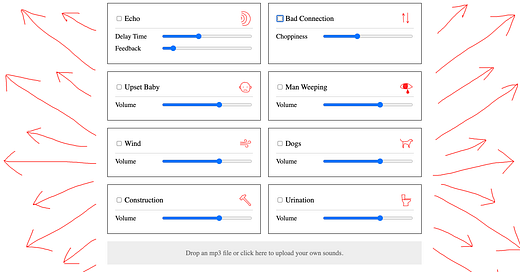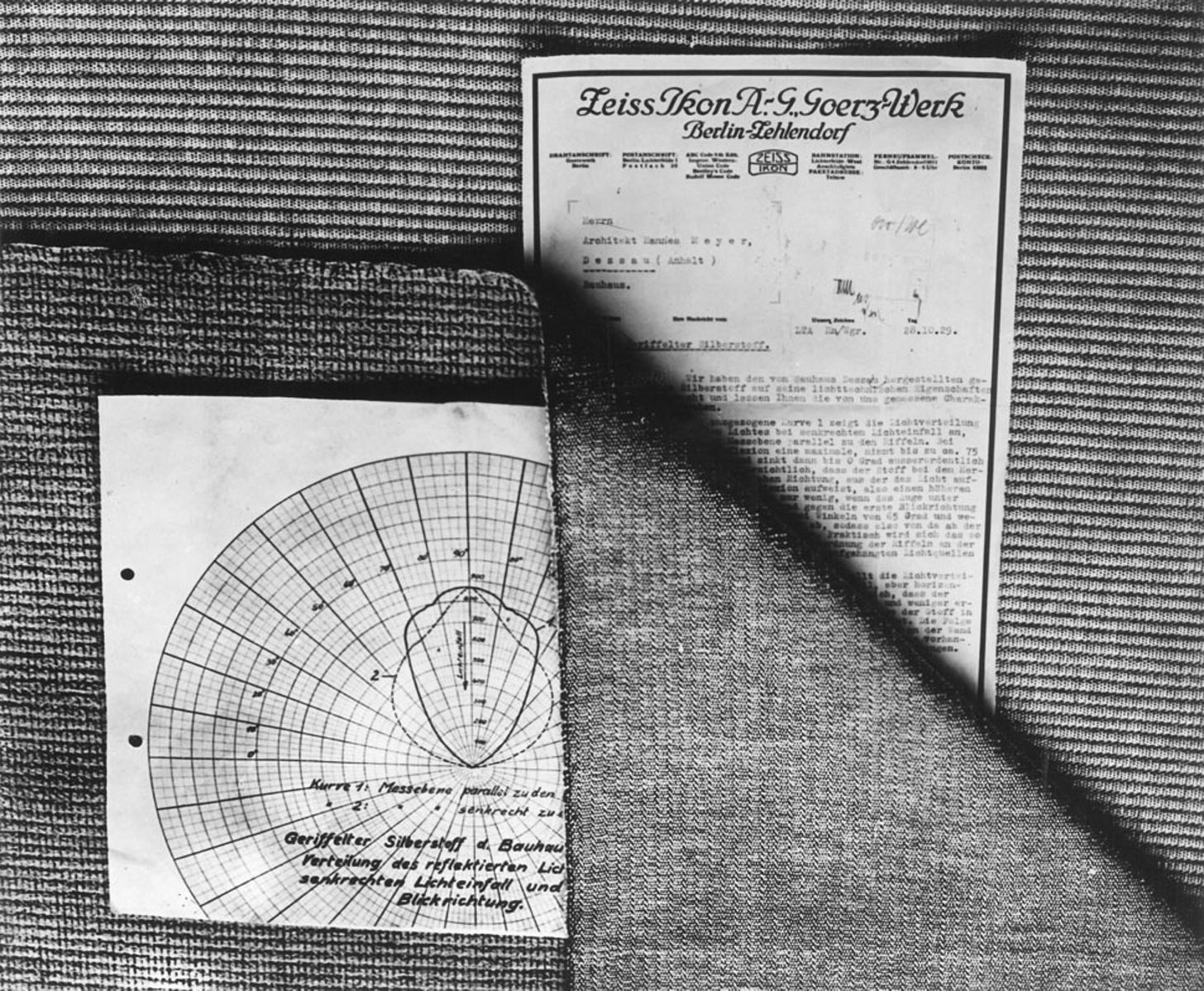It’s Design Lobster #61 and we're exploring a tool that allows us to (abruptly) disconnect. Plus an unusual example of Bauhaus weaving. Tech n’ textiles! 🧵
🤲 This week I also want to share a newsletter with you called The Curious Bunch. I’ve been reading it for the last month or so and think the writer Vidya does a great job of pulling together lots of interesting ideas, reads and tools. As you know, I put a lot of store by curiosity and her newsletter embodies this quality. You can check out past issues and sign up here.
Question: Have you ever wanted to sabotage your own zoom call?
In the last year due to the restrictions placed on physical contact, many of us have become daily (or even hourly) users of video-calling software. These tools have many marvellous qualities but what has also become clear is their lamentable tendency to absorb more and more of our time. A week or so ago, conceptual artist Sam Lavigne, took a stand against this by releasing a browser tool called Zoom Escaper that allows you to self-sabotage a video-call with a range of bizarre sound-effects.
The effects range from the sublime to the ridiculous, from one that simulates a poor quality connection to those simulating background baby noise and even urination. The idea is they each offer a (more or less absurd) pretext for leaving the damn call.
I am always interested in tools that address human needs that are more complex and contradictory than conventional design wisdom would have us believe. Zoom Escaper’s viral popularity since last week is a sign I think that current software is not meeting our needs to disconnect, switch off or otherwise be left alone. Lavigne describes the underlying ethos of his art as: “Deliberate slowdown, reducing productivity and output, self-sabotage, etc.” In our radically connected age, it would seem this agenda is resonating with people.
Design takeaway: Should your design let people, just, be?
💻 Watch Lavgine talk about his Zoom Escaper in this video.
Object: Cellophane Fabric
Anni Albers was a celebrated German-American artist and weaver whose career began at the Bauhaus in 1922. I recently discovered her 1928 Diploma project, where she was invited to create a new kind of textile for the walls of the ADGB Trade Union School in Bernau. This building had a lecture hall whose equal dimensions and lack of windows made it dark and extremely echoey. The hope was that by cladding the surface with woven fabric that both of the problems could be resolved.
Through lots of experimentation, Albers invented a new kind of weave, made with chenille on one side to absorb sound, and threads of cellophane on the other which were highly reflective. The photos below don’t really capture it, but these materials gave the woven panels a luminous silvery quality, as well as deadening sound within the room.
There’s something so deft and satisfying about the way Albers wove together materials to solve practical design problems. Sometimes, you don’t need to change the fundamentals of a design, you just need to change its surface.
Design takeaway: Do you simply need to change the surface of your design?
🧵This video shows the painstaking craft that goes into weaving.
Quote: “Behind every distinctive building is an equally distinctive client.”
– Michael Wilford, architect
I came across this quote in reader Scott Berkun’s book. Here, Michael Wilford delivers the home truth that design quality often depends more on the client than the designer. Alas not all clients are made equal, and there is a lot of design skill needed to be able to work with the more difficult ones and still achieve a good outcome.
Keep up the good fight,
Ben 🦞
Enjoyed this week’s Design Lobster? Let me know by clicking the heart button.
👇







Loved the Anni Albers bit
Zoom escaper has wider application. Zoom meetings are the tip of the iceberg.